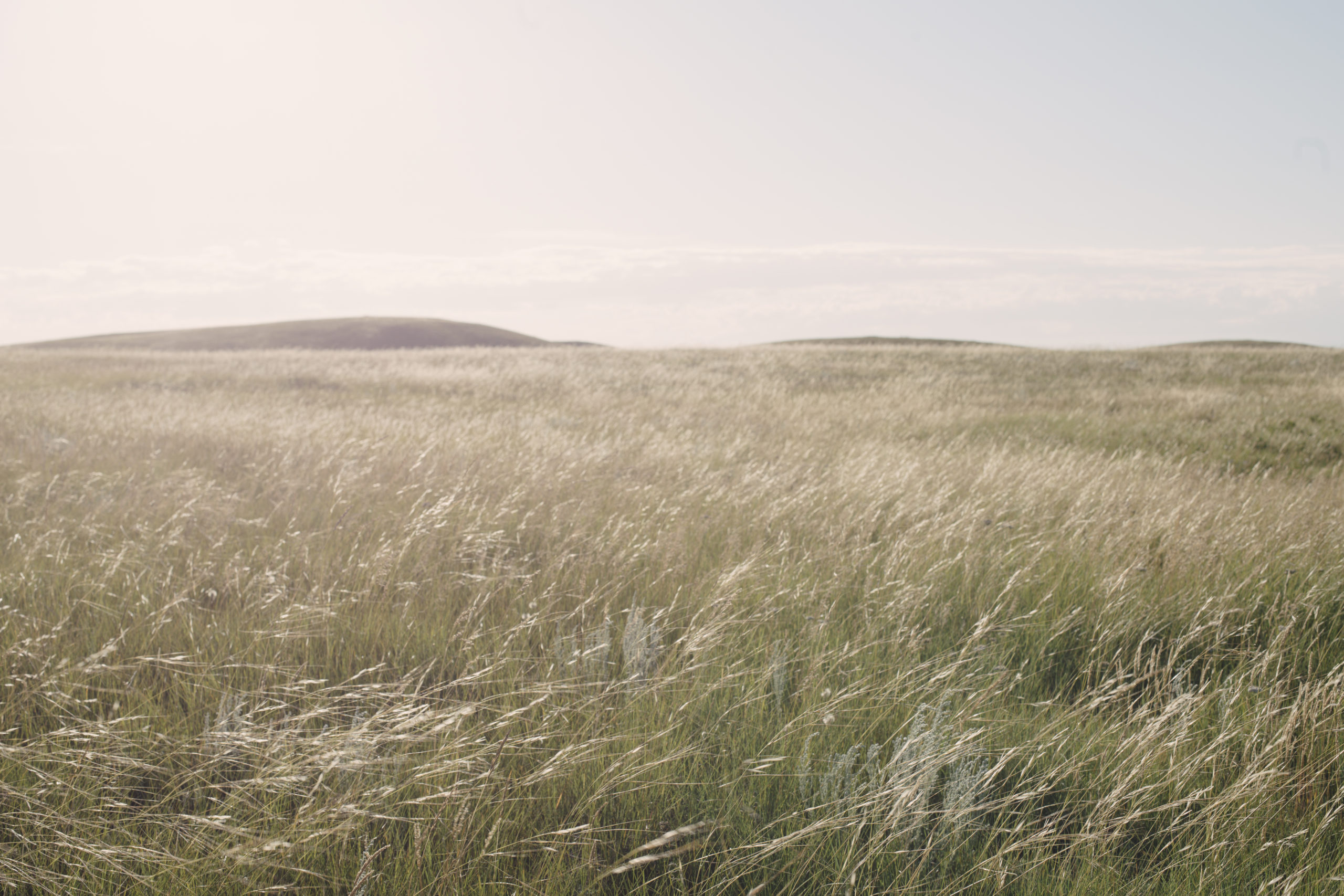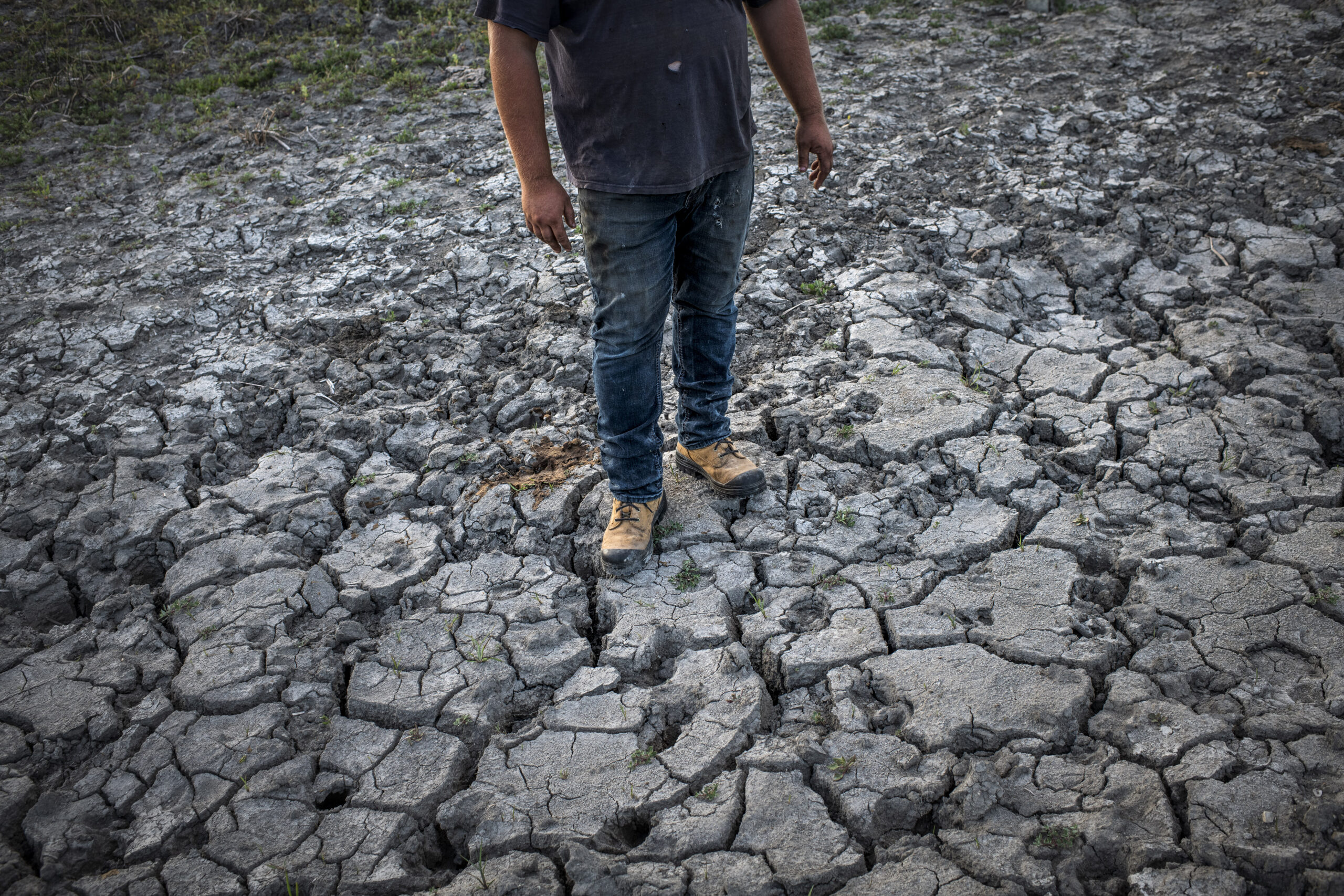
In a Nova Scotia research lab, the last hope for an ancient fish species
Racing against time, dwindling habitat and warming waters, scientists are trying to give this little-known...
Calgary is in the midst of an unprecedented water shortage caused by a water main break that has forced individuals and businesses to sacrifice for the public good. Calgarians have risen to the challenge. But it raises the question of how well the city will fare as climate change makes droughts a regular feature of Alberta’s future.
One doesn’t have to look back very far for clues.
When the COVID-19 pandemic struck, scenes of people banging pots and pans in support of health care workers were ubiquitous. There was a collective celebration of those who were putting their lives on the line and a communal cheering for the strength of coming together as a community to beat the virus, protect the vulnerable and do what had to be done.
It didn’t last.
Complacency, conspiracy and confusion settled in. Some bent the rules and others looked on with a mix of anger and envy. Collective action, once cheered for from those balconies, yards and porches, started to wither and fray.
It’s easy to confront a crisis and do what needs to be done for the greater whole if impacts are clear and the crisis is short. But our dedication to something larger than ourselves can be hard to maintain over the long term.

In Calgary, the massive water main break has threatened the ability of the city to deliver water to its 1.4 million residents. Calgarians were forced to curtail water use or risk running out of it. It’s a temporary crisis, but it does require collective action to stave off the worst.
As residents realized the urgency, water use plummeted. If the momentum keeps, the city should weather the storm.
But the crisis, and the response so far, is just a taste of what’s to come.
Alberta has already seen five droughts of varying severity since 2001 and scientists are predicting the effects of climate change on Alberta’s water: droughts becoming increasingly common and severe in the future, including in the headwaters of major Alberta watersheds. The loss of glacial water sources alone — in other words, melted glaciers — could cause water shortages for one million Albertans.
That raises many questions. In particular, what happens when 1.4 million Calgarians are forced to conserve water for weeks, months or years, instead of days?

Calgary water restrictions are not currently the stuff of nightmares: keep showers short, only run the dishwasher and washer when they’re full, don’t water your lawn, don’t wash your car and, sorry, the city pools are closed and you can’t fill yours.
But the results of inaction could be severe.
“If we don’t stick to using less water, the reality is we may run out of water,” Calgary Mayor Jyoti Gondek said during one of her daily updates on June 10. “You could turn on a tap and nothing will come out. That is the reality, it’s not a scene out of a movie anymore. It is incredibly important for us to understand how serious this situation is right now.”
Calgarians responded with quick reductions in water use, dropping nearly 25 per cent, and stayed right around that critical threshold for days. That’s approximately 100 million litres or more saved each day.
The city was unable to say how much of the reduction was from individual actions versus mandatory restrictions on businesses and closing things like pools and arenas. The results were fast, but usage is starting to creep up.
Of course, it’s all a drop in the bucket compared to industrial and irrigation water use in the province, with fossil fuel production alone consuming more than 500 million litres daily. Irrigation, the largest consumer, drained over four billion litres per day in 2022.
But that doesn’t mean Albertans will be able to continue as normal once the water main is fixed.
The current temporary crisis comes after months of warnings about the potential for a severe drought in Alberta this summer, a danger that has diminished in parts of the province thanks to a wet spring, but which hasn’t disappeared.
Dave Sauchyn, a professor of geography and environmental studies at the University of Regina, has studied the cycle of droughts in this part of the world going back 1,000 years with the help of tree rings. He has identified hundreds of droughts, some of which are well beyond anything in recent history.
“Some of those droughts have been decades in length,” he says. “That’s something that has not occurred since the Prairies were settled by people from the U.S. and Europe and so on.”
A drought of that magnitude could be even worse in a changing climate, where warmth exacerbates the impacts, he says. And when there are significantly more people who need significantly more water.
Joe Arvai, the director of the University of Southern California’s Wrigley Institute for Environment and Sustainability in Los Angeles, studies why people form judgements and make decisions about environmental issues. He says making it through both short- and long-term crises requires a base layer of social norms around co-operation and aid, as well as social trust in both other individuals and the government.

The water main break shows just how vulnerable Alberta is to water shortages, Sauchyn says, but it isn’t a perfect analogy to droughts, which usually are forecast in advance and offer time to prepare.
“We manage our water supplies to a large extent, although we remain vulnerable because it doesn’t matter how much technology you have, if there’s a lack of precipitation and snowmelt you’re going to be impacted,” he says.
According to Sauchyn, Alberta is nowhere near prepared for what a severe drought could bring. The recent crisis, he says, shows just how far removed Canadians are from considering water as a precious and limited resource.
When the rupture of the water main was first announced — an emergency alert waking Calgarians early on the morning of June 6 — the vast majority of residents went about their day. They reduced their water use and then reduced it even more as information trickled in and the situation became clear.
There were others, however, who took to social media to espouse conspiracies, or to simply reject the notion they should sacrifice for the greater good.
Those kinds of comments and reactions can pose a risk to a critical path forward through a dry future.
Arvai lived in Calgary during the 2013 flood and was forced to leave his home. He points to how Calgarians came together at that time as an example of the values that exist here.
In the case of the water main and other crises, social trust is critical, he says.

“That means that you can trust your neighbours in a situation like this to do the right thing, so you feel like you want to do the right thing,” he says. “If there were low social trust, if you couldn’t trust your neighbours to conserve water and do the right thing, then there would be much less incentive for you to do the same.”
The other critical issue is more psychological and requires people to recognize that if they take action to mitigate a risk, that action will have an impact. In the case of the water main, there is a direct link between reducing your individual water use and not running out of water across the city.
In terms of larger crises like climate change, that impact is harder to see.
“Our research shows that by and large, people don’t feel like they can do much. You can put solar panels on your roof, you can drive an electric vehicle but at the end of the day it’s the larger transportation infrastructure, it’s the larger industrial infrastructure that’s really driving climate change,” Arvai says.
When the risks are more immediate and the action more significant, individuals almost don’t have a choice but to act, and are much more likely to see the consequences of those actions.
Longer term, that can erode.
“People will absolutely wear down, especially in a situation where they feel like they’re taking a lot of action but it’s not doing anything, or they don’t feel like they’re in it with other people, or they feel like there’s a high degree of kind of hypocrisy on who has to take action and who doesn’t,” Arvai says.
There are system-wide changes to be made as well.
Evan Davies, an engineering professor at the University of Alberta who studies water planning and management, says municipal water supplies are complex and require multiple levels of change to deal with a drier future.
Improvements like low-flush toilets and more efficient dishwashers are options. There will need to be individual actions, including shorter or less frequent showers. But institutional changes can also play a significant role, including water metering or restrictions on big uses of water — like watering lawns, for example.

“Abrupt changes are a lot harder to manage than gradual changes,” he says. “Any sort of drought that occurs, happens relatively slowly.”
Approximately 65 per cent of Calgary’s water is consumed by households, according to the city, with the rest going to commercial and institutional uses, or simply being lost to leaks. It leaves significant room for action that doesn’t impact water coming out of the taps at home.
“They might ask a large-scale industrial user to cut back on production, or defer some maintenance that requires a lot of water use for commercial users,” Davies says. “They might ask golf courses to stop watering as much, particularly during the really warm periods of the day when a lot of that water will evaporate anyway.”
There can also be improved storage options built, a move toward incentivizing low-water landscaping, or there could even be a move to recycling wastewater back into the system for consumption or other uses.
He points to cities and regions around the world striving to reuse as much as 100 per cent of their treated wastewater for irrigation or industrial uses. Water-scarce regions like Singapore, Saudi Arabia, Israel and Bahrain have each been working toward greater reuse of treated wastewater in recent years.
“If the water problem becomes serious enough, it really does come down to behavioral change, and possibly some economic measures,” he says.
Arvai says it’s critical for “high levels of society,” including government and businesses to take actions and communicate in ways that lay those foundations for the future. Individuals need to feel like they are part of something, and leaders need to show accountability, legitimacy and be transparent.
This could pose its own challenges.
“The rhetoric and the reality kind of get confused a little bit in Alberta from time to time, when it comes to something like climate,” he says.
Southern California, where Arvai now lives, has been dealing with a multi-year drought that has fundamentally changed how most people view daily water use.
In Los Angeles, people still aren’t washing their cars, even with a bit of a break over the past two winters, Arvai says.
“In spite of the reprieve, I’ve never seen anyone washing their car and their driveway here. I still don’t see people with lawns, I still don’t see the sprinklers. So that sort of norm around water use is still alive and well.”
Get the inside scoop on The Narwhal’s environment and climate reporting by signing up for our free newsletter. On March 17, federal Conservative Leader Pierre Poilievre...
Continue reading
Racing against time, dwindling habitat and warming waters, scientists are trying to give this little-known...

From investigative reporting to stunning photography, we’ve been recognized with four 2024 CAJ Awards nods...

The Narwhal is expanding its reach on video platforms like YouTube and TikTok. First up?...
